Author: Michelin
Since the entry of electrification and digitalization into the automotive industry, how to successfully transform and balance between electrification and existing businesses has become an eternal topic for every traditional automaker.
Does transformation conflict with existing businesses for traditional automakers?
“Radical transformation and good financial performance can run in parallel without contradiction.”
At the BMW Group’s 2021 annual financial report conference on March 16, BMW Group Chairman Zipse gave this answer. And the reason he answered this way may be due to the “report card” of BMW’s 2021 financial report.
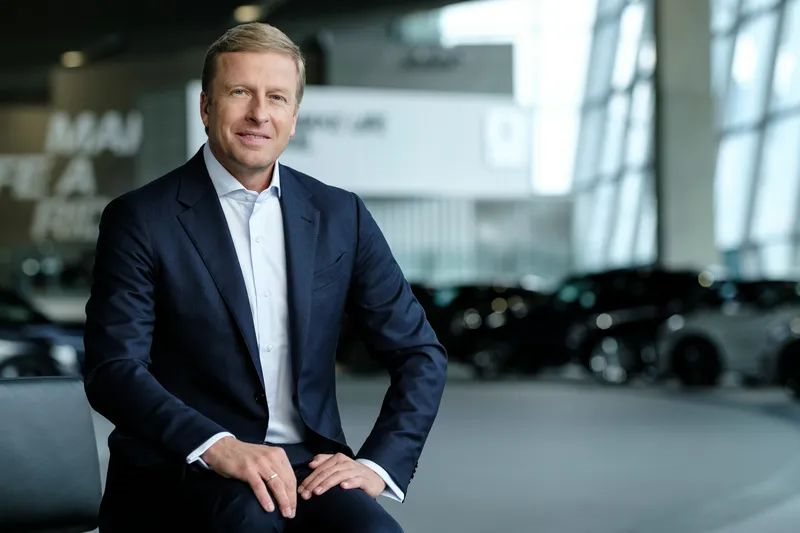
In 2021, the BMW Group delivered over 2.5215 million vehicles worldwide, an increase of 8.4% year-on-year, and captured the first place in the high-end car market. Thanks to the increase in sales and the stable growth of new and used car prices, BMW achieved a doubling of revenue and profits for the whole year. The total annual revenue reached 111.239 billion euros, pre-tax income reached 16.06 billion euros, a year-on-year increase of 207.5%; net profit reached 12.463 billion euros, a year-on-year increase of 223.1%. Both data also set a historical record for BMW.
If the good financial performance shows us BMW Group’s past achievements, the continuous investment in electrification and digital transformation shows us their future aspirations: to win both now and in the future.
iFACTORY, Redefining Automotive Production
“How we make things governs not only how we work but also what we buy, how we think, and how we live.”
- “The Machine That Changed the World”
In the era of intelligent electric vehicles, we always emphasize the changes in the automotive power system. The support of intelligence makes it not only a means of transportation, but also the third space of our lives. Similarly, when the attributes of cars change and quietly influence our lives, the demand for design and production also changes.
Just as a century ago, the automobile production assembly line replaced pure manual manufacturing and was ultimately replaced by mass production and lean production. When the car became an intelligent electric vehicle, new production methods are also required. Therefore, BMW proposed the concept of iFACTORY at the annual financial report conference.
For electric cars, the new type of factory we are most familiar with might be Tesla’s super factory Giga Factory, which achieves high efficiency through 100% automation, making even Volkswagen Group CEO Diess jealous. However, for BMW, the new factory not only requires efficiency but also lean, green, and digitalization. All are necessary.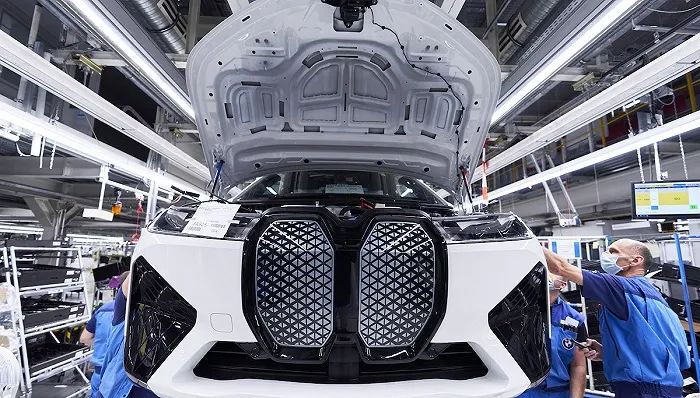
Unlike Tesla and other nimble newcomers with product matrices, as a “century-old store”, BMW carries a century of accumulated experience, as well as a huge product network and diverse technological routes. The competition of intelligent cars is not a one-man show, but a team game. The systematic ability is the advantage accumulated by traditional car companies over the past century.
Taking the brand new 7 Series that was unveiled at the earnings conference as an example, as the flagship sedan that will be launched this year, the new 7 Series also introduces internal combustion engine, plug-in hybrid and pure electric drive. This requires the factory to not only efficiently and accurately produce, but also to meet different driving technologies and vehicle architectures, with sufficient flexibility.
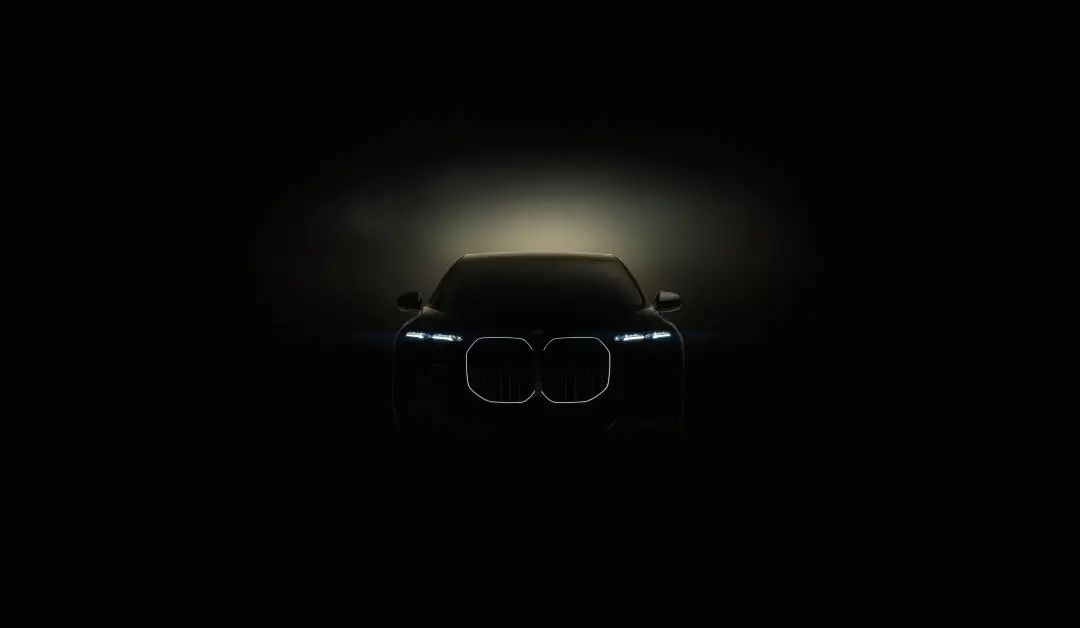
If in the past, low-carbon emissions reduction and sustainable development were a choice for a company, then today they have become a must-answer question, and green has become an unavoidable factor in car production.
In 2021, BMW for the first time included sustainable development in the Group’s earnings report, not only reducing carbon emissions throughout the entire life cycle of each vehicle by 40% by 2030, but also reducing carbon emissions in the production process by 80%. This 80% carbon reduction task requires new factories to achieve through the most advanced technology, the least resource consumption, and the circular economy model.
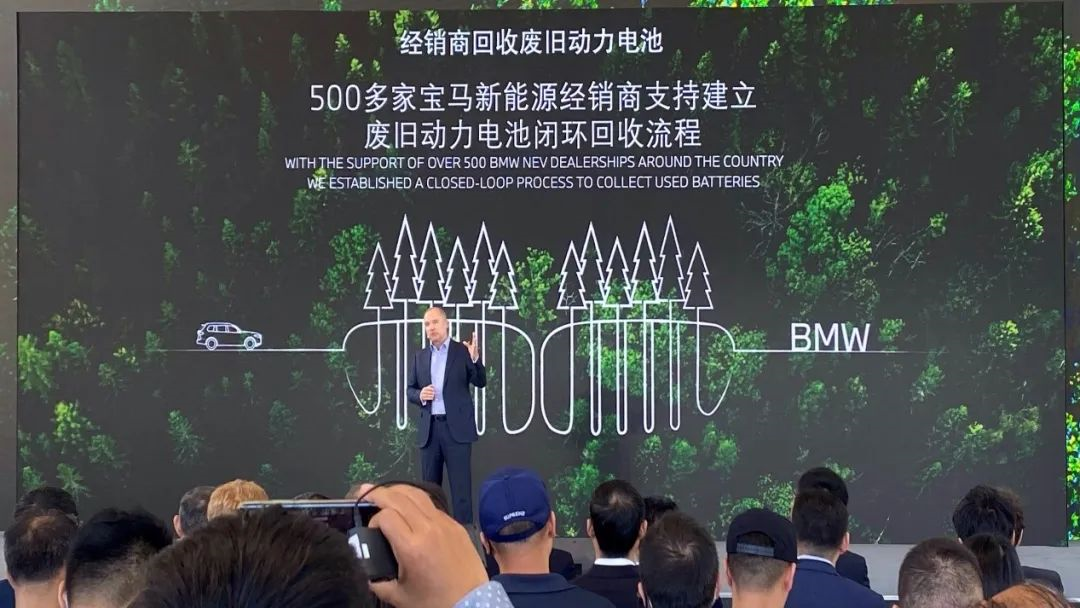
At the same time, for an intelligent car, digitalization is not just about the reachable intelligent cockpit and intelligent driving, but pervades the entire life cycle of a car. Product planning, design, and production can all be aided by data science and artificial intelligence, merging virtual effects with the real world, modifying them at any time, and completing development and planning more efficiently.
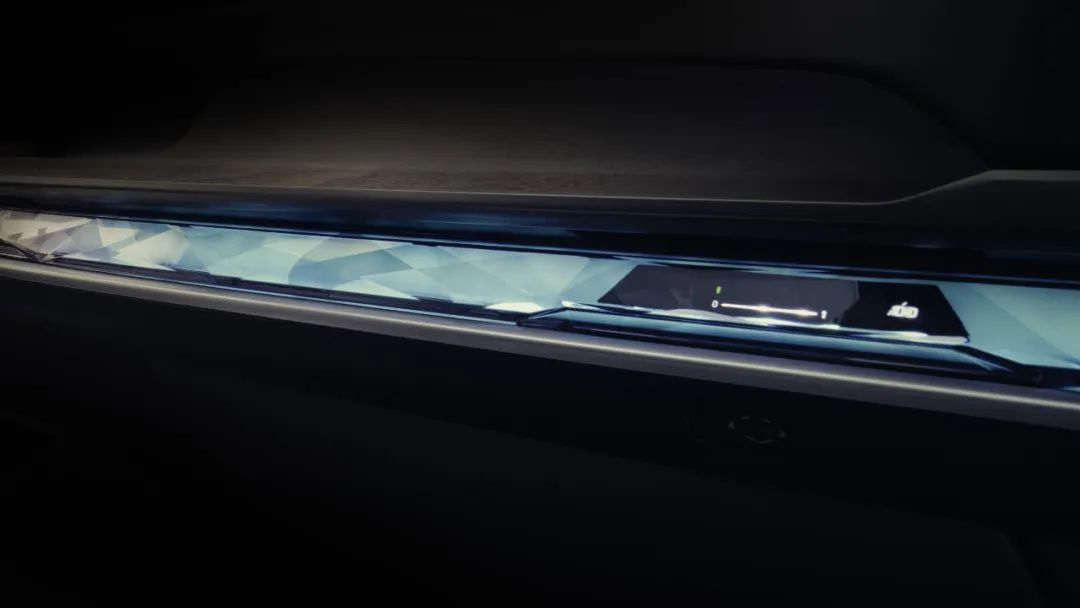
“This is a real revolution, our response to the metaverse.”
Dr. Milan Nedeljković, responsible for production at BMW Group, described iFACTORY in this way. Whether it is the Munich hundred-year-old factory, the three vehicle factories and one powertrain factory in the Shenyang production base, all factories of BMW Group will eventually become BMW iFACTORY. The transformative effect on production is a revolution in automobiles and an accelerator for electrification.
What gives BMW the confidence to transform?
2021 can be said to be the first year for traditional automakers to make efforts in the field of electric vehicles, and also the first year of competition in the high-end electric vehicle market. Prior to this, traditional automakers seemed to only be testing the waters in the field of electrification, until 2021, when we finally saw sincere products enter the Chinese market. So how did they perform in the first year?
Last year, BMW Group’s global sales of new energy vehicles reached 328,300, an increase of 70.4% year-on-year, accounting for 13% of total sales, and its sales of new energy vehicle models in the Chinese market exceeded 48,000, an increase of 69.6% year-on-year.
For China, which is currently the world’s largest new energy vehicle market, this number does not seem to bring too many surprises. However, it’s important to note that 2021 was only the first complete sales year for the BMW iX3, and the iX was released at the end of the year at the Guangzhou Auto Show.
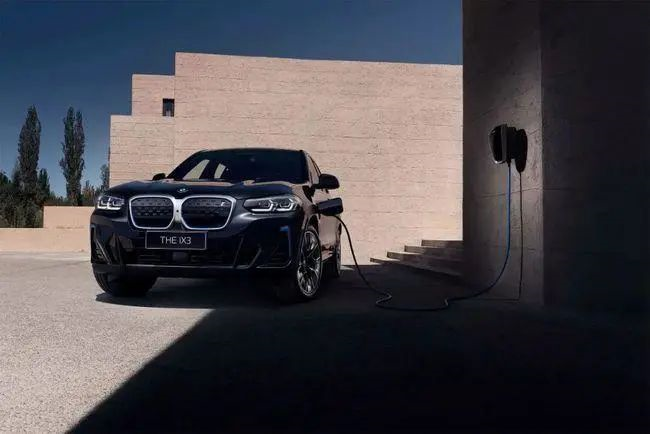
Therefore, more important than worrying about whether they “started off” fast enough, is whether a company’s follow-up products and technological reserves are sufficient to support BMW’s completion of this smart electric vehicle “marathon”.
So, what “hard power” reserves does BMW have?
From individual combat to group competition
When the market for smart electric vehicles was only a few hundred thousand or one or two million vehicles, individual combat was enough. However, electrification is not a momentary flash in the pan, and electric vehicles ultimately aim at the huge fuel vehicle market. Therefore, the success of one or two classic models is certainly important, but brand recognition is more dependent on the strength of the team.
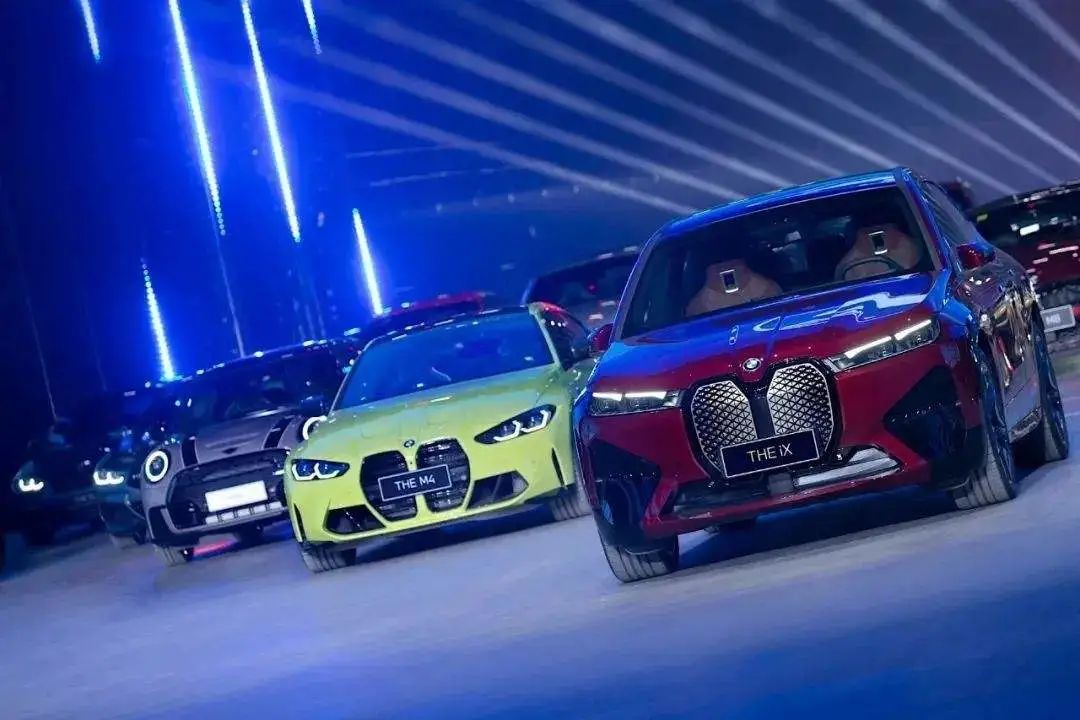
In recent years, the electric vehicle market has “developed vigorously,” and we have grown accustomed to the rhythm of new players releasing one or two new models every year. However, this is clearly not the rhythm of traditional automakers. For example, by 2022, BMW will have produced and tested 15 pure electric vehicle models, including 5 pure electric vehicle models in China, including the innovative BMW iX, innovative BMW i4, BMW iX3, BMW i3 produced in Shenyang, and the new generation of BMW 7 Series pure electric version – BMW i7.
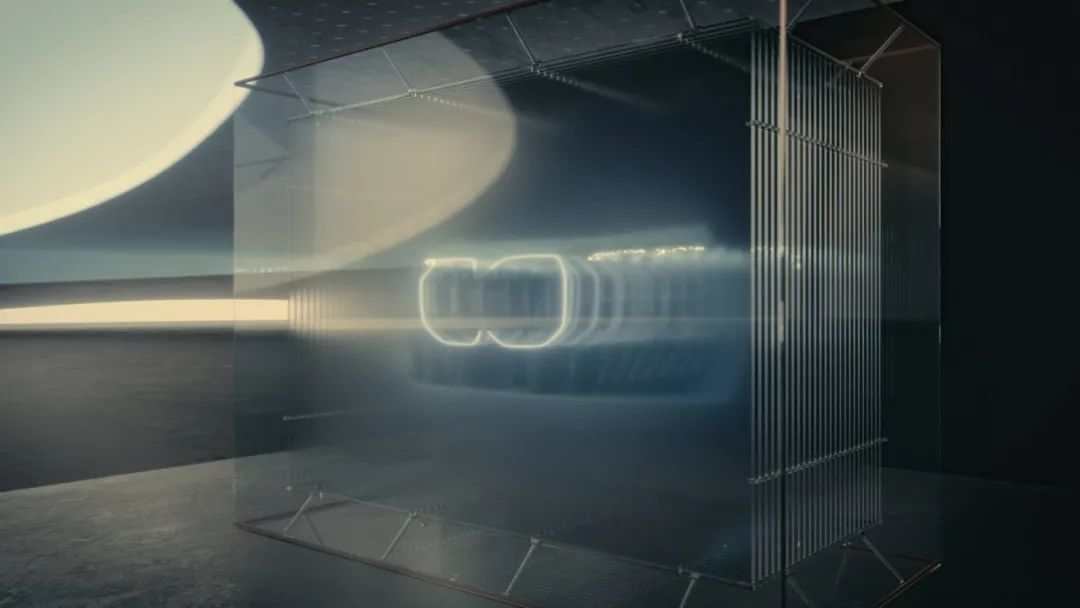 By the end of 2023, this number will increase to 13 models, and by 2025, one quarter of the models will be pure electric vehicles.
By the end of 2023, this number will increase to 13 models, and by 2025, one quarter of the models will be pure electric vehicles.
Rome was not built in a day. To launch several, even more than a dozen electric vehicle models simultaneously, BMW relies on its investment and accumulation in research and development and production, as well as the systematic capabilities of team collaboration.
Rooted in China, Continuously Building “Hard Power”
“China has always been a strong driving force for BMW’s digital innovation.” BMW Group Chairman Zipse describes China’s importance to BMW in this way.
In 2021, BMW Group’s research and development investment exceeded 6.299 billion euros, an increase of 10.7% year-on-year. This investment is mainly used for electrification and digital transformation, such as new vehicle architectures, electric products, digital functions, and research on autonomous driving, among others. China is undoubtedly a stronghold for digital and electrification investment.
Taking the power battery as an example, the shortage of battery cells and rising raw material costs limited the production capacity of automakers to a certain extent in the past year. In the third quarter of 2021, we occasionally heard news that BMW was forced to reduce production and stop work due to chip problems, but it seems that it did not affect BMW’s final sales volume last year. This is due to traditional car companies like BMW controlling the supply chain.
To ensure sufficient supply of battery cells, BMW Group has increased its procurement of battery cells equipped with the fifth-generation eDrive power drive system from 12 billion euros to over 20 billion euros to ensure the expansion of future electrified models and the expansion of demand for battery cells. At the same time, in order to ensure the requirements of its own electric vehicle models for power battery design, performance, and sustainability, BMW Brilliance set up the first joint venture power battery center in China and produces power batteries according to its requirements for battery design, performance, and sustainability. The 100,000th high-voltage power battery was offline in July 2021.
While increasing research and development investment, continuous investment has also been made in charging elements that directly affect the use of electric vehicles. At the end of 2021, BMW Group had established 360,000 charging piles in China, including 200,000 DC fast charging piles; dealer charging stations expanded to 350, to improve user experience through self-built energy supplementation networks.
A software development company was established in Nanjing to further strengthen BMW’s digital capabilities in China; it increased cooperation with BMW Brilliance, and operated under BMW Group’s annual report, among other things.
These continuous investments have enabled BMW to sprint towards electrification with all its might, while also setting its own flag:By the end of 2025, a total of 2 million pure electric vehicles will be delivered globally. By 2030, BMW Group plans to deliver a cumulative total of 10 million pure electric vehicles to customers, with annual sales reaching 1.5 million units. At that time, BMW Group’s other three major brands will also be fully electrified: the Rolls-Royce brand will complete the electrification of all products; the BMW Motorrad urban mobility series will all be electrified; and the MINI brand will also move towards full electrification.
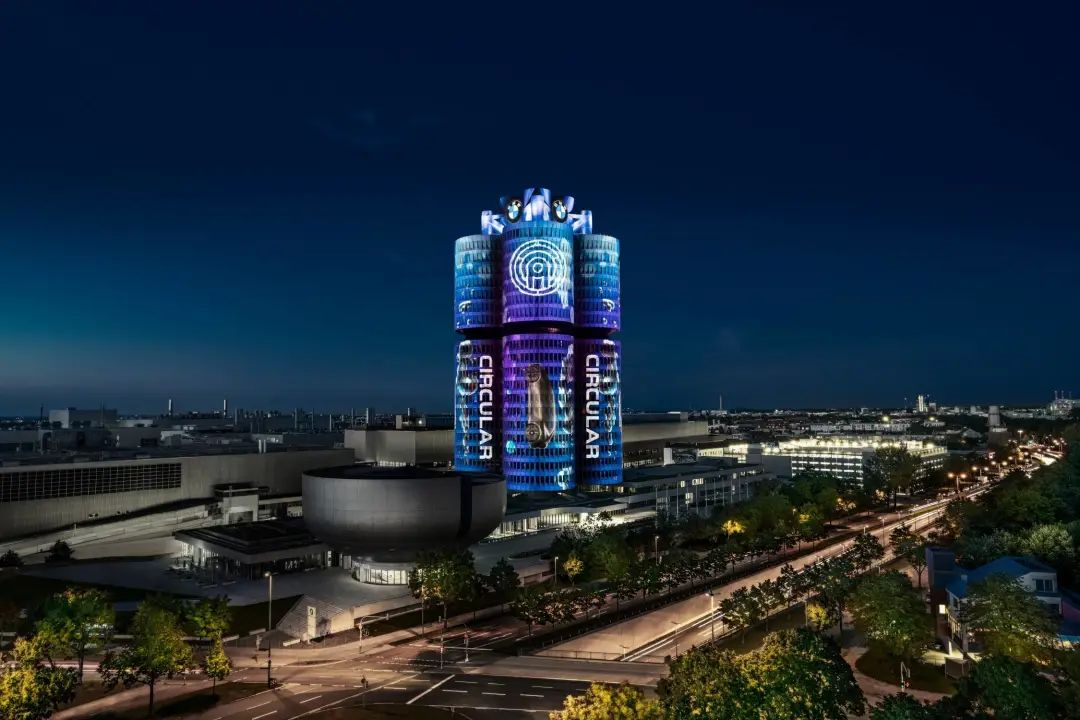
Conclusion
For BMW, 2021 can be said to be a “win-win” year: on the one hand, there are impressive sales and financial performance; on the other hand, the investment in electrification and digital transformation in recent years has begun to take effect. What’s more important is that this investment is continuing to increase, and the energy it releases continues to be released.
In the hot and noisy automotive industry today, our attention is often briefly attracted by the impressive short-term products, but it is the hard power that goes deep into product design, development, and production that can accompany products to go further.
This article is a translation by ChatGPT of a Chinese report from 42HOW. If you have any questions about it, please email bd@42how.com.
